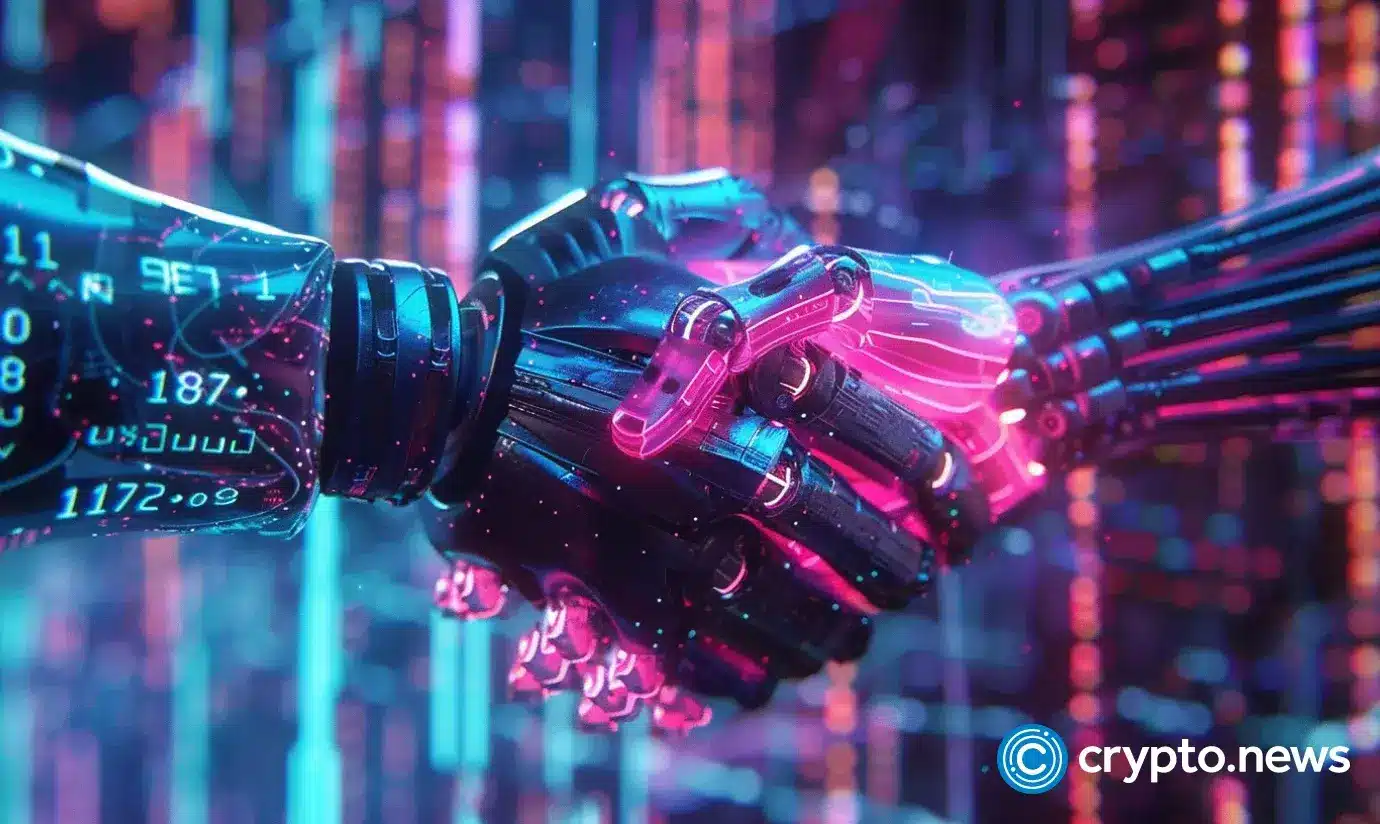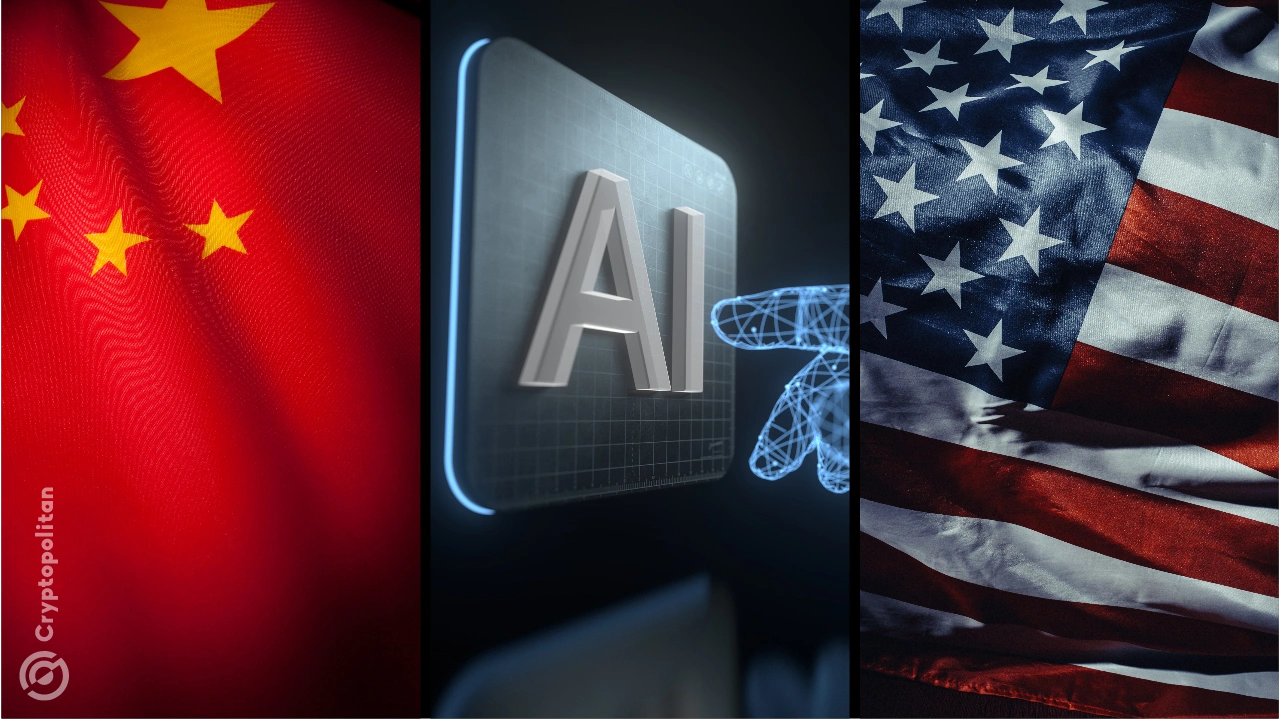In a timely turn of events, Congress averted a looming government shutdown, offering a glimmer of hope for resolving other longstanding standoffs, particularly the UAW and SAG-AFTRA strikes. The ongoing struggles underscore the pitfalls of myopic negotiations focused solely on pay. But, amidst this backdrop, the Writers Guild of America (WGA) has carved out a different path, revealing a blueprint for successful collaboration in the AI-driven future.
The recent agreement between the WGA and Hollywood studios not only addresses traditional labor concerns but also dives into the intricacies of artificial intelligence (AI), setting a precedent that could reshape the dynamics between employers and workers.
The WGA’s AI-driven breakthrough
In the realm of labor negotiations, the WGA’s recent agreement with Hollywood studios stands out as a beacon of innovation. Beyond the conventional focus on pay, this groundbreaking deal incorporates discussions on the adoption and utilization of artificial intelligence. A report by Fortune’s David Meyer highlights the WGA’s strategic move to include rules pertaining to AI usage in the agreement, signifying a proactive stance towards the evolving technological landscape.
In this newfound arrangement, employees gain a more substantial say in determining the parameters of AI implementation, defining when and how this technology will be utilized, and securing due credit for their contributions. This shift from traditional bargaining over pay to a holistic consideration of technological integration showcases a forward-thinking approach that could redefine the employer-employee relationship across various industries.
Symbiotic gains for studios and workers
The ripple effects of the WGA’s AI-centric deal extend beyond the immediate players, creating a symbiotic relationship between studios and workers. The explicit agreement on AI usage establishes a foundation of consent, ensuring that both sides are aligned in principle. This alignment not only fosters a cooperative atmosphere but also shields studios from potential copyright infringement claims since human writers remain an integral part of the creative process.
The deal provides studios with a strategic advantage in navigating the evolving legal landscape surrounding AI. The alignment with workers positions studios as responsible and collaborative entities, strengthening their position when advocating for favorable laws and regulations governing AI. This additional leverage contributes to a more nuanced and balanced approach to AI governance, acknowledging the collaborative role of both employers and workers.
A lesson for other sectors
The WGA’s negotiation strategy serves as a valuable lesson for industries grappling with technological disruption, especially from the widespread adoption of artificial intelligence. In an era where governments and international bodies lag behind in regulating these advancements, collaborative efforts between employers and workers emerge as a proactive means to navigate the uncertain terrain.
Companies that manage to unite with their workforce over the use and benefits of AI find themselves in a position of strength. This collaboration not only facilitates smoother adoption of new technologies but also positions the economy for collective gains. Importantly, such unity creates a more conducive environment for legislative bodies to formulate informed regulations, mitigating the risk of an unregulated “Wild West” scenario where winners are scarce, and losers abound.
The WGA’s trailblazing agreement offers a glimpse into the future of labor negotiations—one where the integration of technology and remuneration is not only possible but advantageous. As the AI-driven future unfolds, the collaboration between employers and workers, as exemplified by the WGA deal, could be the key to unlocking the full potential of emerging technologies while ensuring a fair and prosperous future for all stakeholders.





